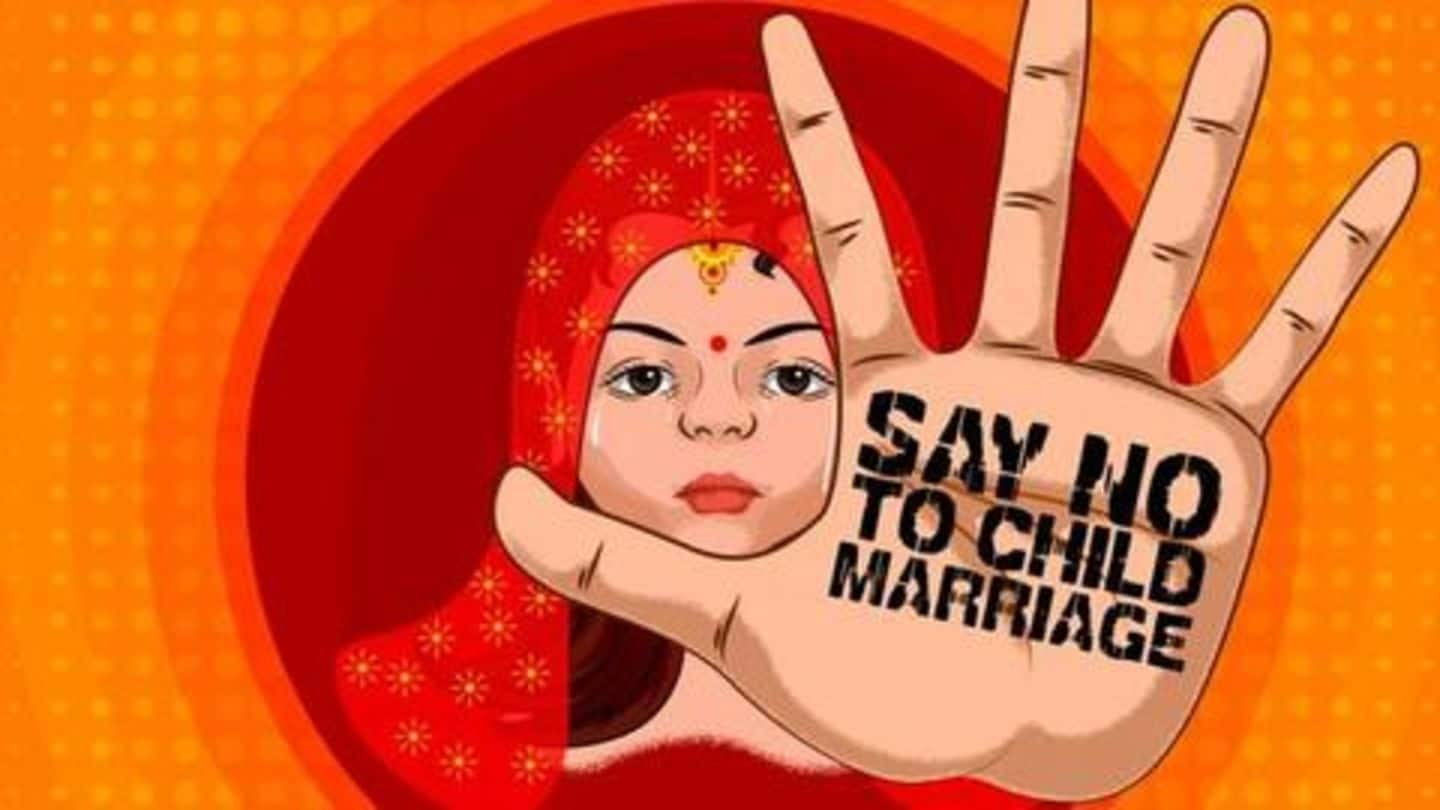
Bengal, not Bihar, now tops India in child marriage prevalence
What's the story
West Bengal has now edged past the 'Bimaru' states in terms of child marriages, with the state having the highest incidence of girls aged 15-19 years being married off. Owing to better education and higher incomes, child marriage in most states in India has seen a steady decline, but some states, like West Bengal, have fared poorly in reducing child marriages. Here're the details.
NFHS-3
How states fared in terms of child marriage in 2005-06
According to the National Family Health Survey (NFHS-3) conducted in 2005-06, Bihar, Jharkhand, and Rajasthan topped in terms of incidence of child marriage, with prevalence rates of 47.8%, 44.7% and 40.4%. Bengal, back then, was fourth in terms of incidence of child marriage, with a prevalence rate of 34%. However, in the 10 years that have elapsed since then, the tables have turned.
NFHS-4
'Bimaru' states improved remarkably compared to NFHS-3
According to NFHS-4, which was conducted in 2015-16, Bihar, Jharkhand, Rajasthan, and Uttar Pradesh have all managed to successfully bring down child marriage prevalence rates by almost 20 percentage points. In UP, only 6.4% of girls aged 15-19 years are married off now. In contrast, Bengal managed a reduction of only 8.4% in the same period, and now stands above the 'Bimaru' states.
Bengal
Bengal has a child marriage prevalence rate of 25.6%
Bengal now has a child marriage prevalence rate of 25.6% - considerably higher than the national average of 11%. Following in Bengal's footsteps are Bihar (19.7%), Jharkhand (17.8%), Andhra Pradesh (16.6%), and Rajasthan (16.2%). In terms of district-wise prevalence of child marriage, Murshidabad (39.9%) in Bengal tops, followed by Gandhinagar (39.3%) in Gujarat, and Bhilwara (36.4%) in Rajasthan.
Other details
Unsurprisingly, urban areas fare better than rural ones
Unsurprisingly, NFHS-4 data also reveals that child marriage is far more prevalent in rural areas than in urban ones. While rural areas across India have an average child marriage prevalence rate of 14.1%, in urban areas it's less than half of that - 6.9%. Further, child marriage appears to be directly linked to income and education, and decreases with higher incomes and education.
Data
The relationship between child marriage, income, and education
Average prevalence of child marriage among the richest third of the population and the poorest third are 5.4% and 16.6% respectively. Meanwhile, average prevalence of child marriage among those with higher education and those having no education are 2.4% and 30.8% respectively.
Pregnancy
Teenage pregnancy, too, is a major problem
Another problem linked to child marriage is teenage pregnancy. NFHS-4 data shows that almost one in every three child marriages results in a teenage pregnancy. Almost 25% of such girls end up having a baby by the age of 17, while 31% have a baby by the age of 18. This essentially eliminates any chance of the girl pursuing higher studies and becoming self-sufficient.